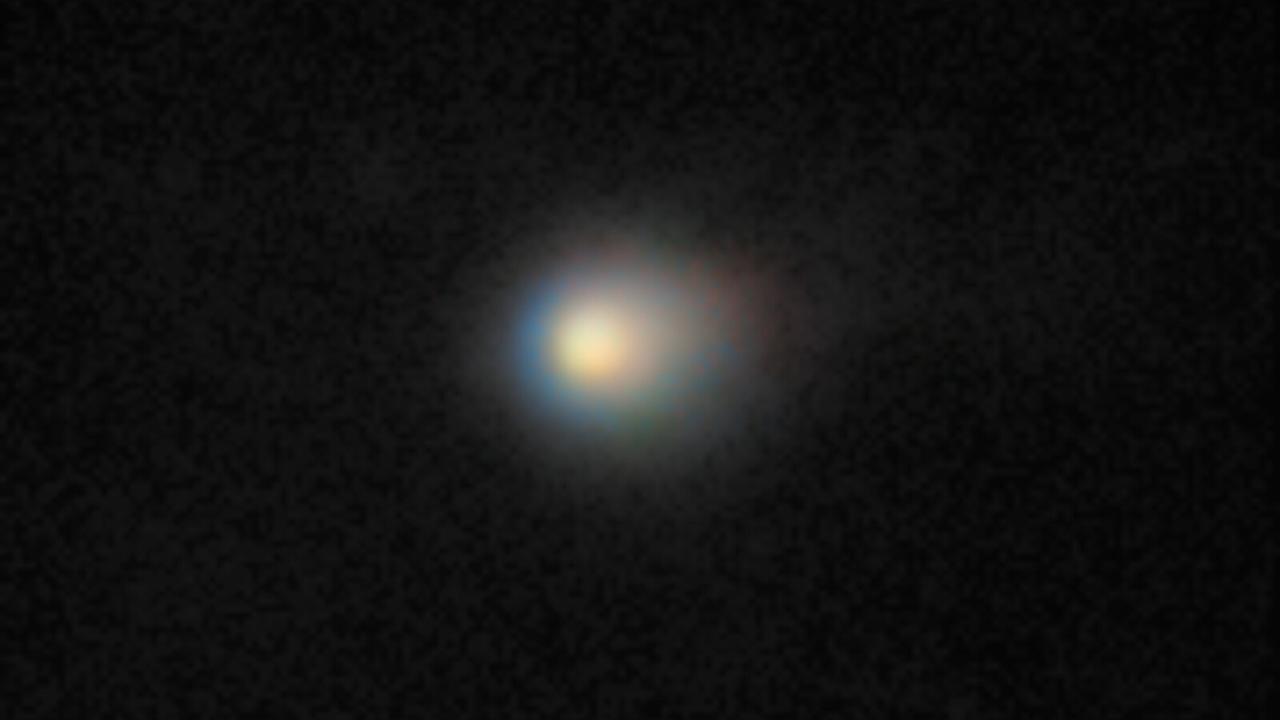The Journey of Interstellar Comet 3I ATLAS

Introduction
The recent discovery of Interstellar Comet 3I ATLAS has captured the attention of astronomers and space enthusiasts alike. This remarkable celestial object, which hails from beyond our solar system, presents an exciting opportunity to study the formation of planetary systems and the interstellar medium. Its passage through the solar system offers insights into the early solar system conditions and the processes that shape comets.
Discovery and Characteristics
Discovered in late 2021 by the Asteroid Terrestrial-impact Last Alert System (ATLAS) observatory in Hawaii, comet 3I ATLAS is classified as an interstellar comet due to its hyperbolic trajectory, indicating it is not bound by the gravity of the sun. With an estimated length of approximately 1 kilometre, it appears to be a relatively small comet compared to others observed in our solar system. Observations suggest that it possesses a dark, carbon-rich surface, similar to that of other interstellar bodies.
Significance of the Comet
The scientific community is particularly interested in the composition and structure of 3I ATLAS. As the first interstellar comet observed from our solar system, it bears clues about the processes that occur in the vast expanses between stars. Detailed studies of its chemical make-up can help scientists understand the building blocks of life and the fundamental characteristics of other celestial environments.
Recent Observations
As 3I ATLAS made its closest approach to the Sun in May 2022, numerous telescopes around the world, including the Hubble Space Telescope and ground-based observatories, monitored its activity. Observations revealed a significant outgassing event, where the sunlight heated the comet’s surface, causing it to release gas and dust, creating a visible coma and tail. These phenomena provided astronomers with valuable data on the material composition and activity levels of interstellar comets.
Conclusion
The passage of Interstellar Comet 3I ATLAS offers an unprecedented opportunity to study the origins of comets and their role within the cosmos. With ongoing observations and research, scientists hope to gain a deeper understanding of not only this interstellar visitor but also the broader questions surrounding the formation of celestial bodies in our universe. As technology advances, future interstellar comets like 3I ATLAS may provide further insights into the mysteries of our galaxy.
